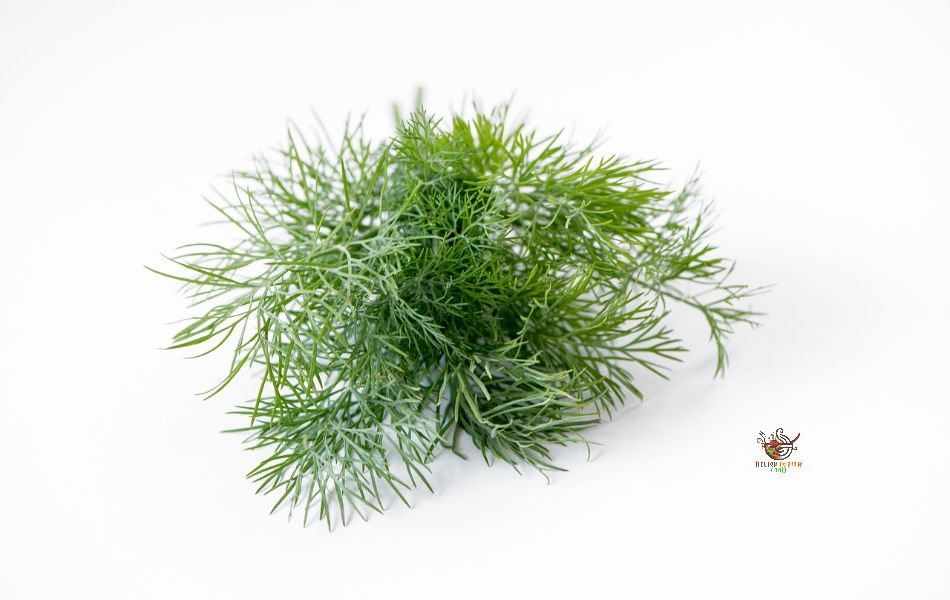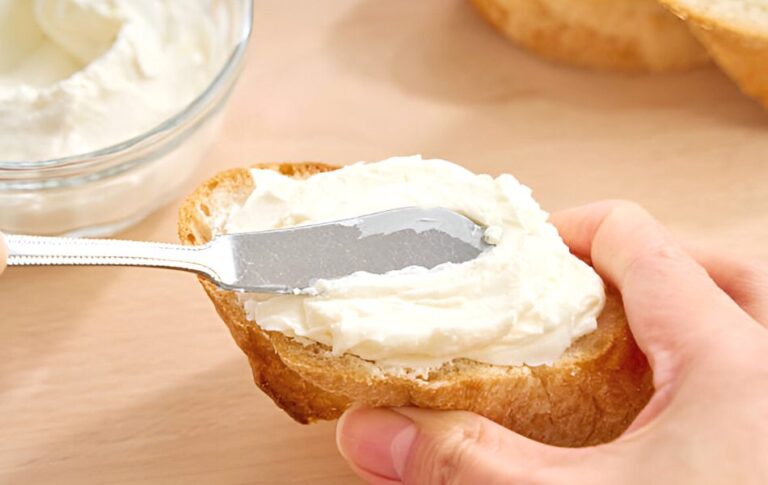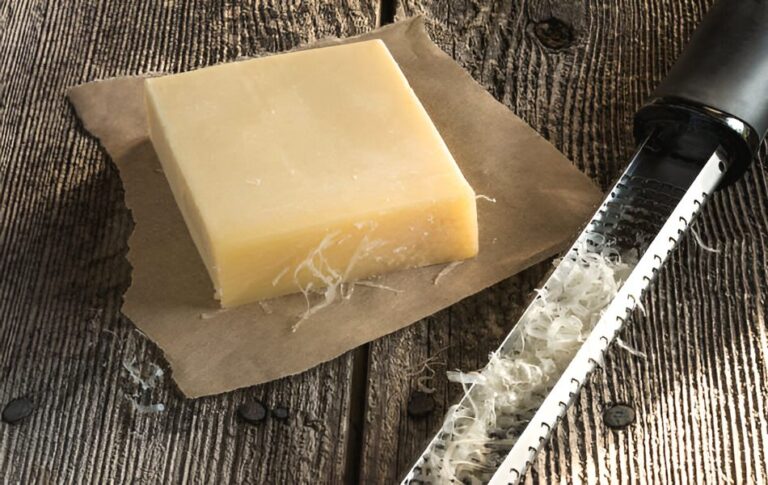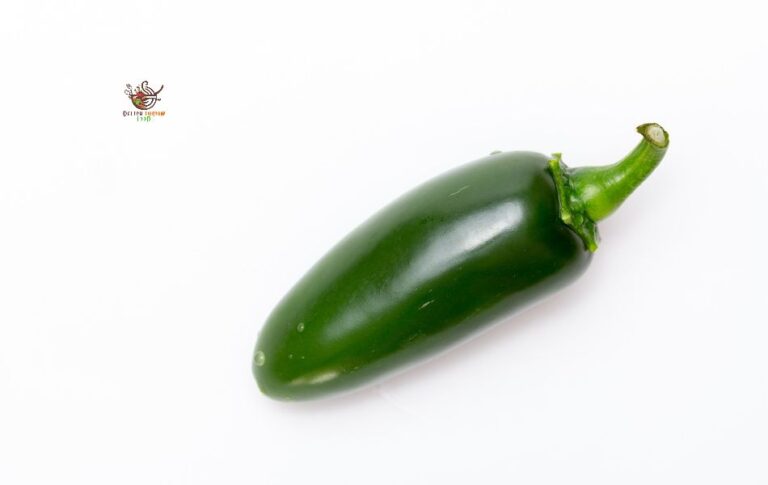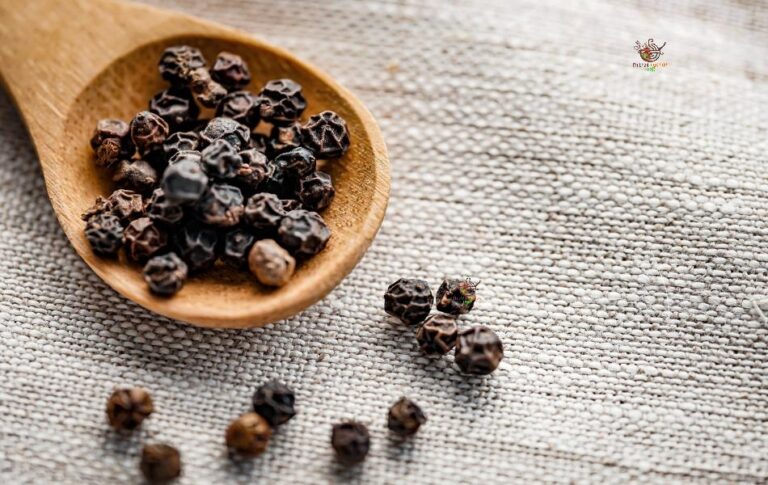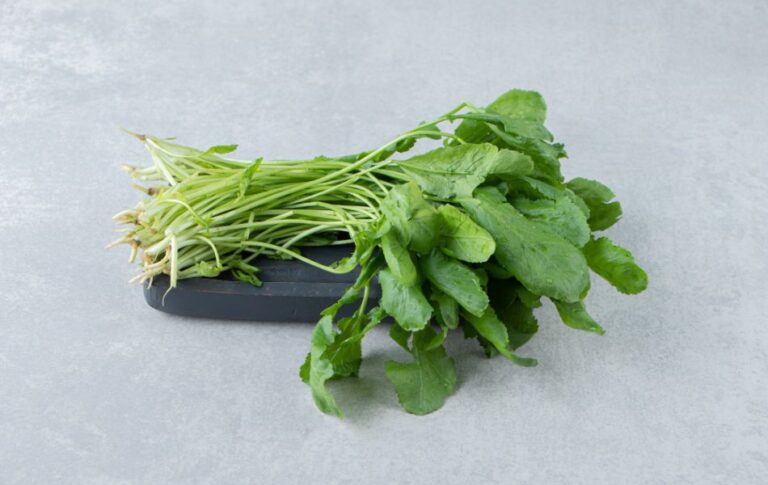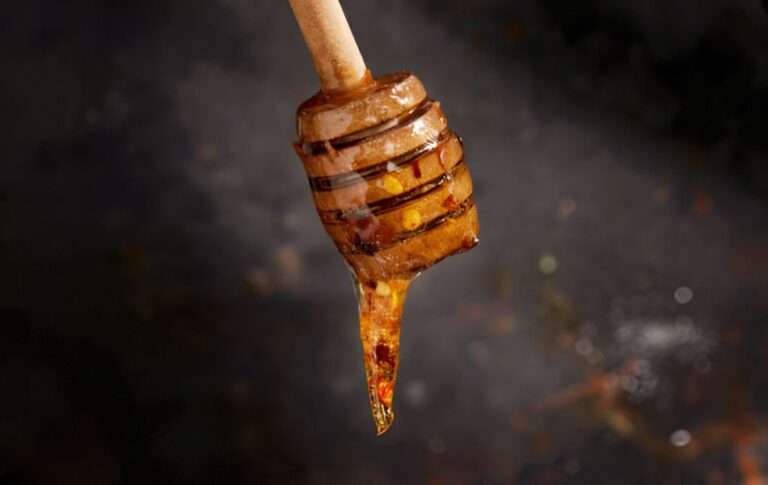Best Substitutes for Dill: Simple Kitchen Solutions
Dill is a popular herb, known for its unique flavor that adds a fresh, tangy touch to dishes. From pickles to seafood, dill’s distinctive taste is beloved in many cuisines. But what happens when you’re out of dill or need a quick substitute? This common culinary herb, known for its fresh, tangy flavor, can sometimes be tricky to replace. Luckily, you have plenty of other options to choose from.
In this article, we’ll explore the best dill substitutes, ensuring your dish still packs that vibrant flavor.
Why Do We Love Dill?
Before we explore the substitutes, let’s quickly cover what makes dill so special. Dill has a fresh, slightly grassy, and subtly tangy flavor. It pairs beautifully with fish, potatoes, eggs, and creamy sauces. Dill leaves (commonly known as dill weed) and dill seeds are equally versatile but offer slightly different flavor profiles.
The distinctiveness of dill can make substitutions tricky, but luckily there are several herbs and spice combinations that mimic its flavor and aroma.
Best Substitutes for Fresh Dill
Dill has a unique flavor that’s hard to replicate. It’s a key ingredient in some recipes, like tzatziki, where its taste is essential. Substituting it would drastically change the dish.
In recipes where dill isn’t the star, you have more flexibility. Here are some fresh and dried herbs you can use instead.
Dried Dill: A Handy Substitute
If fresh dill is missing, dried dill can step in. Here’s the trick: 1 tablespoon of fresh dill equals 1 teaspoon of dried dill. But remember, dried dill won’t have the same vibrant flavor or green color as fresh. It’s ok for cooked dishes, dressings, or dips.
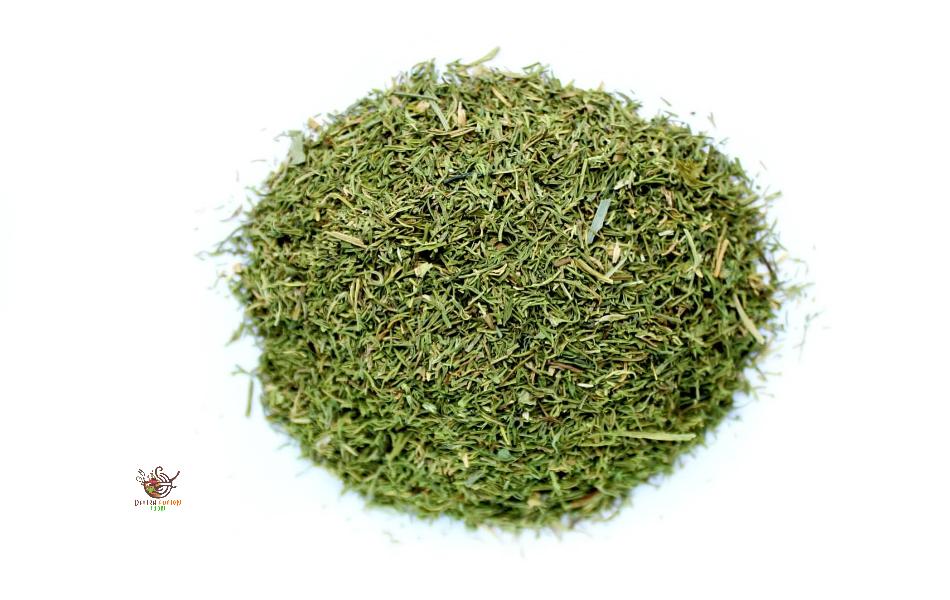
For dishes where appearance matters, like salads or appetizer garnishes, opt for an alternative to dried dill. Dill seeds usually aren’t suitable substitutes for fresh dill in recipes as they have a more intense flavor.
Fennel Fronds
Fennel fronds, the feathery green tops of the fennel plant, are an excellent substitute for dill. They share a similar fresh and grassy vibe with a slight hint of anise flavor.
- Best for: Garnishing soups, salads, and seafood dishes.
- Pro tip: Avoid using the fennel bulb, as it carries a much stronger flavor than the fronds.
Tarragon
Tarragon is a herb with a mild, sweet, and slightly licorice-like flavor. Tarragon might not look or taste like dill, but it offers a similar herbal and slightly licorice-like note.
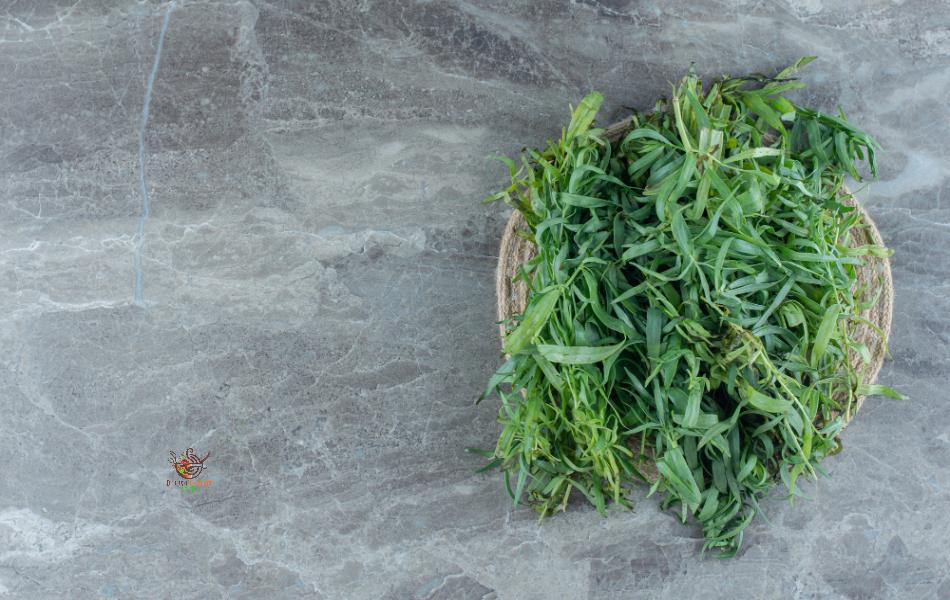
- Best for: Creamy sauces, vinaigrettes, and egg dishes like omelets.
- How to use: Use it sparingly, as its flavor is more intense than dill’s. A small pinch can pack a punch!
Basil with a Touch of Lemon
Another surprising substitute is the combination of basil and lemon juice. Basil brings a sweet, herbal aroma, and the lemon adds the citrusy punch you’ll miss from dill.
- Best for: Italian-style recipes and dishes with tomatoes.
- How to use: Chop the basil finely and add lemon juice gradually to suit your taste.
Parsley
If you’re looking for a mild option, parsley is your go-to. While it lacks the tangy flavor of dill, it provides a fresh, clean taste.
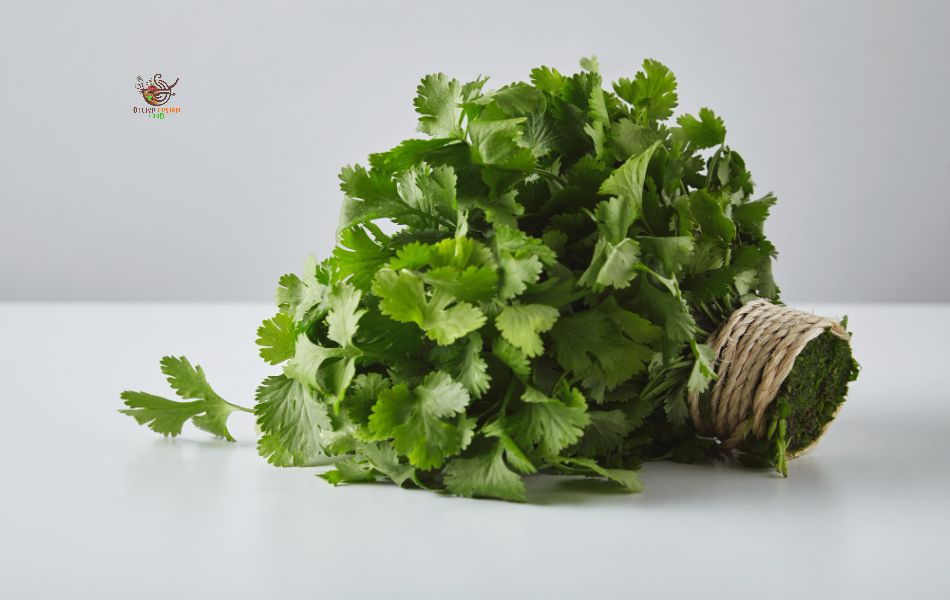
- Best for: Garnishing or adding freshness to dips and soups.
- How to Use: For a dill substitute, use parsley in equal amounts. You may want to mix it with a pinch of lemon zest or vinegar to bring out the tangy freshness that dill typically provides.
Chervil
Chervil is like parsley’s delicate cousin. It has a mild flavor with a hint of licorice, making it a great stand-in for dill.
- Best for: Light dishes like salads and seafood.
- Why it works: Similar texture and mild flavor make it an easy dill weed replacement.
Cilantro
Cilantro is a bright, fresh herb that works well as a dill substitute, especially in Latin, Indian, and Asian dishes. It has a citrusy kick similar to dill but with a more distinct flavor.
- Best for: Salsas, curries, and tacos.
- How to use: Start with half the amount of dill called for and adjust to taste. Cilantro has a bolder flavor, so a little goes a long way.
Chives
Chives are a mild herb with a slight onion flavor, making them a great alternative to dill in many dishes. While they don’t have dill’s tangy taste, they add a fresh, grassy note that pairs well with various recipes.
- Best for: Fresh salads, creamy dips, and garnishes.
- How to use: Use chives in equal amounts as a dill substitute. Since they are delicate, add them at the end of cooking to preserve their flavor.
Bay Leaves
Bay leaf is another substitute for fresh dill that many people already use in cooking. It has earthy flavors that enhance the taste and aroma of dishes.
When using bay leaves, it’s important to find the right amount. Typically, one to two bay leaves work well, depending on how strong you want the flavor to be. Remember to remove the leaves from your cooked dishes afterward to prevent the flavor from becoming too intense.
Alternatives to Dill for Those Who Dislike the Flavor
Some people dislike the taste of dill because of its grassy and licorice-like flavor. If you’re one of them, you can simply leave it out.
But if you want to enhance the flavor of your dish without using dill, consider adding one or more of the following ingredients. While they may not taste exactly like dill, they can still add depth to your dish!
Mint
Mint is a cheerful herb that, much like dill, brings a fresh and bright quality to dishes. It carries a bold yet subtly sweet flavor, making it a suitable addition to many dishes where you’d typically use dill, especially in Mediterranean or Middle Eastern-style recipes. You might notice dill also has a hint of minty undertones.
To use mint as a substitute for dill, finely chop it and add it to yogurt sauces, rice, or potato dishes. It’s also great as a garnish in recipes that call for fresh dill. Mint also complements dishes with lemon. Generally, you can use mint in the same quantity as dill: a 1:1 ratio for salads, sauces, cooked dishes, or garnishes.
Oregano
Oregano is highly versatile, making it a safe substitute for dill in most recipes without risking the dish.
Although oregano tastes different from dill, its sweet herbal flavor complements many of the same dishes. Due to its potent flavor, start with a small amount and adjust to taste.
Garlic
Garlic can be a good alternative if you’re looking to add flavor to your dish without dill. It’s best to use garlic powder for this substitution. While it will bring a different flavor, it will still enhance your dish. As for the amount, consider that an eighth of a teaspoon equals a clove of garlic.
Onion powder
Onion powder is dried and ground onion, packed with intense flavor. It’s stronger than fresh or dried onion, making it ideal for adding flavor without extra moisture or texture. You can use it in dishes like meat rubs, soups, and stews to enhance their taste. Like garlic powder, start with a small amount and adjust to your liking.
Thyme
Fresh thyme is a common ingredient in Mediterranean dishes. It belongs to the mint family and has a hint of sweetness. Although thyme has a strong flavor, it complements many ingredients that fresh dill does. However, using thyme sparingly as its strong taste can overpower the dish’s flavor balance.
Begin by adding a pinch of fresh thyme, then adjust as needed. The maximum amount of thyme suggested for use is half of the required fresh dill.
Rosemary
Rosemary is a great alternative to dill when you desire a dish with a milder herbal aroma and flavor. It’s commonly used in Mediterranean cold and cooked dishes due to its floral notes.
However, the distinctive flavor and aroma make it unsuitable for recipes where fresh dill is the main ingredient. Opt for rosemary when you need a substitute for fresh dill as a garnish or as one of many flavor enhancers in the recipe.
It’s particularly recommended for salmon recipes, especially if you’re pan-searing, baking, or grilling. When substituting dill with rosemary, use half the amount specified in the recipe, and add more if desired.
Alternatives for Dill Seeds
As mentioned before, substituting fresh dill with dill seeds isn’t recommended because the seeds have a much stronger flavor. However, some recipes specifically call for dill seeds, such as bread, vegetable dishes, soups, salad dressings, and pickling recipes. If you don’t have any dill seeds, here are some excellent substitutes you can try!
Fennel Seeds
We’ve covered fennel fronds and bulbs, but did you know fennel also produces seeds? Fennel seeds resemble large cumin seeds but have a distinct flavor, similar to licorice. They’re paler in color and have a light, slightly sweet taste.
Unlike dill seeds, fennel seeds have a strong anise flavor. Consider using a smaller amount than the recipe suggests if substituting them.
Star Anise
Star anise is a unique spice known for its attractive eight-pointed star shape. It’s often used in Chinese and Vietnamese dishes to add a warm, sweet, aromatic flavor, like dill.
Start by adding just one or two-star anise pods to avoid making your dish too strong.
Anise Seeds
Anise seeds have a strong, sweet flavor reminiscent of black licorice, much more intense than the anise flavor in dill. Use them sparingly unless you’re a big fan of licorice!
Begin with just a small pinch of seeds and adjust to taste.
Caraway Seeds
Caraway seeds, from the caraway plant, have been a spice for 5,000 years and are common in central and eastern European cuisines. They offer earthy notes with a hint of pepper flavor, slightly milder than dill seeds. They can enhance the taste and aroma of your dish.
To use, add the same amount of caraway seeds as the recipe calls for dill seeds. It’s a 1 to 1 substitute.
Celery Seeds
Celery seeds offer an earthy flavor with a hint of bitterness. They work well as a dry rub for meats and in salads.
You can substitute them for dill seeds in a 1 to 1 ratio.
Coriander Seeds
The small, brown seeds from the coriander plant provide a slightly floral and citrusy flavor to dishes. To enhance their flavor, dry-fry the coriander seeds first.
If the appearance of dill seeds matters in the recipe, but the taste isn’t crucial, you can consider substituting them with other seeds with a mild flavor, such as sesame or poppy seeds.
Substitutes for Dried Dill
What if your recipe calls for dried dill instead of fresh? What can you use instead? Here are some reliable alternatives I’ve tested:
Fresh Dill
If you can swap dry dill for fresh, it’s no surprise you can do the reverse too. Dried dill has a stronger flavor than fresh, so you’ll need to use more fresh dill.
Try replacing one teaspoon of dried dill with one tablespoon of fresh dill. That’s roughly one-third of the dried dill needed. Remember, add fresh dill near the end of cooking. It loses flavor when cooked too long.
Dried Oregano
Try using dried oregano as a substitute for dried dill. It has a sweet herbal flavor that goes well with many ingredients.
Dried oregano won’t overpower your dish if you use it in moderation. Start by adding about one-third of the amount of dried dill called for in the recipe. If needed, you can add more later.
Bay Leaves
Bay leaves aren’t just perfect for replacing fresh dill; they also make a great alternative to dried dill weed and seed in recipes. Just follow the same guidelines mentioned earlier.
Garlic Powder
When you’re wondering what can substitute for dill, garlic powder might not immediately come to mind because its flavor is quite different. However, in a pinch, when you’re out of other options, garlic powder can be a lifesaver.
It’s a versatile flavor enhancer that goes well with various ingredients, suitable for both cold and hot dishes. Similar to oregano, it’s a crowd-pleasing seasoning, ensuring your guests, including kids, will enjoy the dish. Be cautious not to use too much garlic powder, as it can alter the dish’s flavor. I recommend using only a quarter of the amount of dried dill mentioned in your recipe.
How to Choose the Right Dill Substitute
The best substitute for dill depends on:
- The Dish You’re Making: Creamy dips might benefit from tarragon, while fresh salads might work better with parsley or fennel fronds.
- Flavor Strength: Tarragon and dill seeds are strong; parsley and chervil are gentler.
- Personal Taste: If you enjoy licorice-like flavors, go for tarragon or fennel. For something neutral, stick with parsley.
Tips for Using Dill Substitutes
- Start Small: Substitute herbs can have different flavor intensities, so start with a small amount, taste, and adjust as needed.
- Combine for Balance: Mixing a hint of lemon zest with parsley or basil can better replicate dill’s tanginess if needed.
- Handy Substitution Guide:
- Fresh dill → Use a fresh herb substitute (fennel fronds, chervil, parsley).
- Dill seeds → Try caraway seeds or celery seeds for a similar bold kick.
Final Thoughts
Running out of dill doesn’t have to derail your recipe. The world of fresh herbs provides plenty of flavorful substitutes that will keep your dish just as delicious. Next time you’re in the kitchen, experiment with fennel fronds, tarragon, parsley, or any of the substitutes above to find your favorite way to replace dill.
Want to keep your pantry always prepared? Save this list or print it out for easy reference! Now, go ahead – get creative in the kitchen and enjoy every bite.

